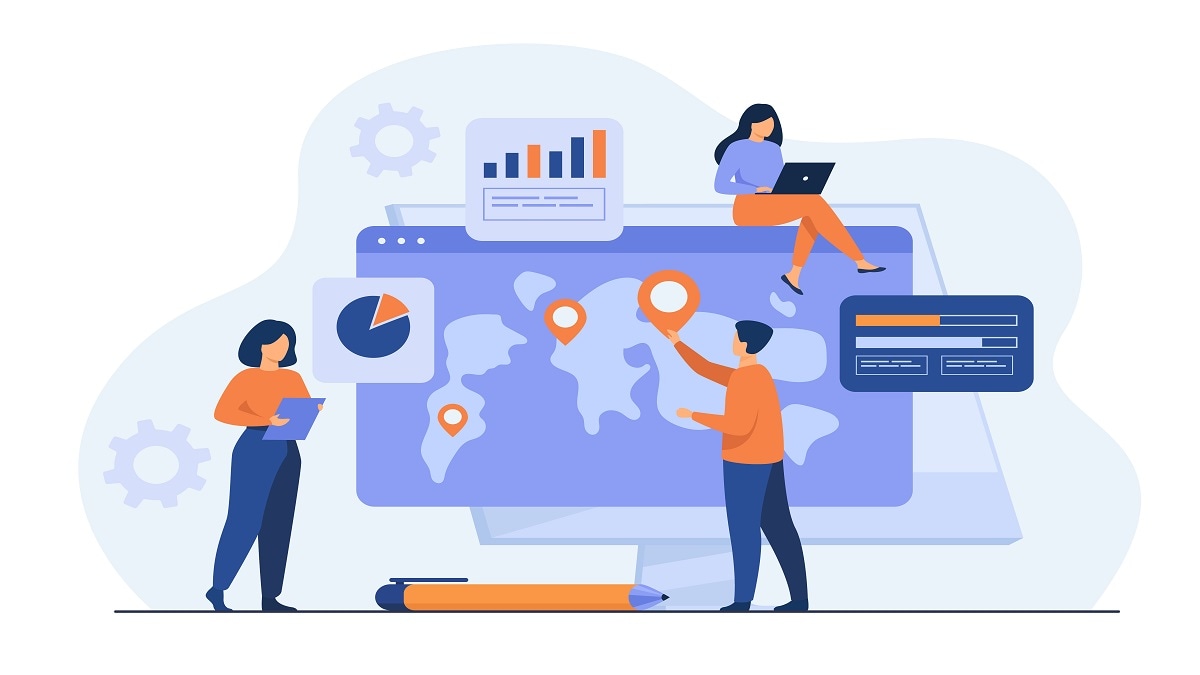At a glance
GIS, or geographic information systems, are computer-based tools used to store, visualize, analyze, and interpret geographic data. Geographic data (also called spatial, or geospatial data) identifies the geographic location of features.

About GIS
Geography is the study of how the world differs from place to place. Geography uses a geospatial perspective, meaning it focuses on place and space, examines what, where and why phenomena occur. Here at CDC, we study the spatial aspects of health and illness. For example:
- Where are diseases found?
- How are diseases related to the environment?
- Where do people go to seek health care?
Geographers use a variety of tools to study these topics such as maps, spatial statistics, and Geographic Information Systems (GIS).
GIS are computer-based tools used to store, visualize, analyze, and interpret geographic data. These data include anything that can be associated with a location on the globe, or more simply anything that can be mapped. For example, cases of disease, hospitals, roads, waterways, country boundaries, and health service catchment areas are all types of spatial data. In a GIS, the data usually include attributes, or descriptive information. For example, you may have a data set of hospitals in the US that can be mapped. The descriptive data also allows you to search and display associated attributes (e.g., number of hospital beds, types of specialized services offered, etc). In terms of analysis, a GIS offers the opportunity to use spatial data to answer public health questions. For example:
- Where are disease rates higher or lower?
- How far is it to the nearest healthcare facility?
- What's the best place to set up a new syringe exchange program?
Pieces of GIS
People: People use GIS to answer specific data-related questions. People collect data, develop procedures, identify research questions and define analysis tasks to run in GIS. In public health, people use GIS to explore a variety of topics. For example, researchers at CDC have used GIS to identify how to target polio immunization campaigns in geographically isolated locations.
Data: There are two main GIS types: vector data and raster data.
- Vector data includes spatial features (points, lines, and polygons) and attributes about that data (descriptive information).
- Raster data are stored electronic images (e.g., pictures taken as an aerial photograph or satellite images).
Analysis: The process of using spatial data to answer questions. There are many different analysis techniques.
Hardware: GIS software is run on computers. Memory and computing power are important because spatial data includes many attributes making it very large.
Software: Geographic Information Systems require specialized software. The most commonly used GIS software at CDC/ATSDR include ArcGIS and QGIS. These types of programs can be used in conjunction with other types of software such as databases, statistical packages, or programming languages to increase functionality.
